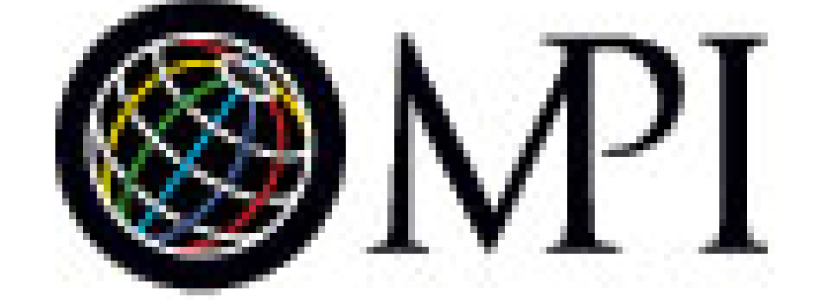
If new technology is implemented correctly, it could go a long way in allowing your delegates more options to connect with one another.
I don’t usually like technology interfering with live events. For a media theorist and networking enthusiast, I’m a bit of a curmudgeon when it comes to mediating any of the few face-to-face interactions we have left in our hyper-mediated world. That’s why I usually rail against people using PowerPoint during live lectures, and I criticize conference hosts who organize live Twitter feeds that are projected behind speakers while we speak.
But when my old friend, former Wired editor David Bennahum, showed me his new technology platform, Punch, I suddenly saw how—in some rare cases—technology could make events a whole lot better.
Punch began as an idea for an iPad-based humor magazine. Instead of simply porting over the kinds of content we already see in paper magazines, Bennahum figured the iPad could have a "native" magazine comprised of little apps and puzzles and multimedia experiences. Just as Saturday Night Live and The Colbert Report might be considered comedy made for television, Punch would be politics and satire made for the iPad.
But as he and his team worked on making applications for the magazine, they found there was no easy publishing tool out there. Everything they did, they would have to do from scratch, again and again. It’s the reason why there aren’t more projects like this out there and why there aren’t more people using smartphone and tablet apps for things like, well, live events.
So the Punch folks began developing templates for each app they built, and a dashboard through which they could be easily configured, filled with new content and published right into the larger application in real time. That’s when they realized they created something much more important than a humor magazine; they created a publishing platform for tablets and smartphones.
In a classic "pivot," Bennahum turned his company from a magazine publisher into a technology platform. Punch now exists as a server and service through which companies can create their own apps and fill them with content in real time, without the use of programmers. It does for app development what Blogger did for weblogs, or WordPress did for websites.
And while Bennahum is off speaking with traditional publishers and media companies about the possibilities for them to enter the tablet space, I’m thinking the greater opportunity here is for more transient users like those of us in the events space. Big publishers have their own technology departments, their own developers and a whole lot of pride at stake in doing things themselves. People in the events industry are busy, and they don’t have a regular need for a full-time software development team. Yet, I was thinking as I watched the Punch demo, they sure do have a need for easy, real-time publishing.
Like most conferences, the last giant convention I attended gave out a hundred-or-so-page printed catalog and schedule to every attendee. It was nice and colorful, but very difficult to use—particularly because it was filled with little pieces of paper updating various parts of the floor plan, listing late-breaking sponsorships and announcing typos and new speakers. I had to flip back and forth from the speaker index to the map to the schedule to figure out anything and just ended up wandering around instead.
If the conference catalog were an app, not only would all those updates be handled automatically, but also everything could be linked to everything else. The floor plan of the convention hall would be interactive. Clicking on a booth location could take you to the exhibitor’s website, or the booth’s appointment scheduler, or an ad or other bit of functionality (that the exhibitor pays for). The schedule can indicate who is attending what, or be fitted with video that remains after the event is over. Conference attendees can opt to be "findable" to other attendees through GPS or Wi-Fi triangulation, they can order lunch or make reservations (at restaurants who pay for the privilege of reaching your attendees) and so on.
Clearly the possibilities are endless. The only thing limiting such possibilities until now has been how hard it would be for a conference to put such a thing together. Now, it’s as easy or easier than printing up the catalog—and likely to be an equivalent or even better source of revenue. It can even launch months in advance, allowing it to slowly fill up, as things are booked, and then use it again the following year.
So while I’m still against technology getting in the way of our events, there’s a big difference between replacing live interaction with new technology and replacing old technology with new technology. If anything, the latter will give your people more ways of finding each other and more time to interact once they do. One+
About the author
Douglas Rushkoff speaks and writes about communication, values, culture and organizations. His latest book is Program or Be Programmed: Ten Commands for a Digital Age. He can be contacted via www.rushkoff.com.




